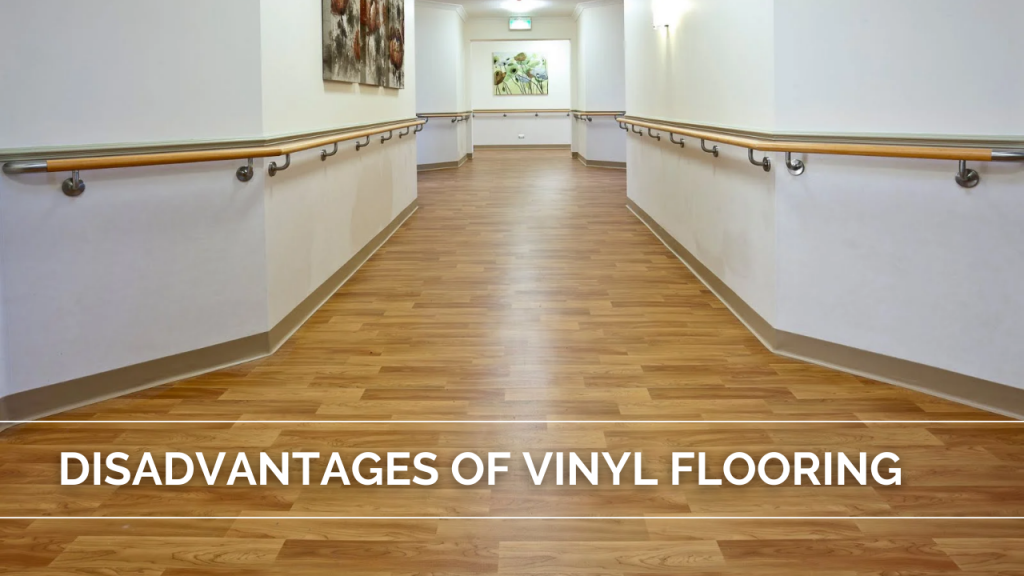Remember that time you wanted to re-do your kitchen floor? You thought about the perfect flooring and were eager to get started, but then hit a wall (literally) when figuring out exactly how much you needed. Calculating the right amount of vinyl flooring can be a little tricky, but it doesn’t have to be a headache. It’s about getting the measurements right, factoring in waste, and making sure you don’t end up with too much or too little flooring.

Image: www.vinyl-flooring.com.sg
In this guide, we’ll break down how to calculate the amount of vinyl flooring you need, covering everything from measuring your space to understanding waste percentages. By the end, you’ll be equipped to confidently tackle your flooring project with the exact amount of materials needed.
Understanding The Basics of Vinyl Flooring Measurement
Measuring Your Space
The accuracy of your measurements is crucial for calculating the right amount of vinyl flooring. You need to measure the length and width of each room or area you plan to cover. If your space has irregular shapes like alcoves or cutouts, break it down into smaller, rectangular sections and measure each separately.
Here’s how to measure your space accurately:
- Start by clearing the area you need to measure. Move furniture and any obstacles out of the way.
- Use a measuring tape. Start at one corner of the room and measure the length and width, making sure to note the measurements in feet.
- Measure each section of your space. For areas with irregular shapes, divide them into smaller rectangular sections and measure each of those separately.
- Double-check your measurements. It’s always a good idea to measure twice to ensure accuracy.
Calculating Square Footage
Once you have the length and width measurements, calculating the square footage is simple. Multiply the length by the width (length x width = square footage). For example, a room that is 10 feet long and 12 feet wide has a total square footage of 120 square feet (10 x 12 = 120).
If you have multiple areas to cover, add the square footage of each individual section together. Remember to round up to the nearest square foot for your calculations.

Image: denresidence.com
Factoring In Waste
Vinyl flooring comes in rolls, and cutting the material to fit your space will inevitably lead to waste. It’s crucial to take this into account when calculating the total amount of flooring needed. The amount of waste varies depending on the layout of your room, the size and shape of the vinyl planks or tiles, and your own cutting skills.
A good rule of thumb is to add a 10% waste allowance to your total square footage. For more complex spaces with lots of corners and cutouts, you might want to increase the waste allowance to 15%. This is an estimate, and you may end up with less waste or slightly more depending on your project. It’s always better to have a bit extra than not enough.
Example: Calculating Vinyl Flooring Needs
Let’s say you’re planning to install vinyl flooring in a kitchen that is 12 feet long and 10 feet wide. Following the steps above, we have the following:
- Calculate the square footage: 12 feet x 10 feet = 120 square feet.
- Add a 10% waste allowance: 120 square feet x 0.10 = 12 square feet.
- Total vinyl flooring needed: 120 square feet + 12 square feet = 132 square feet.
Based on these calculations, you’d need to purchase 132 square feet of vinyl flooring for your kitchen. Remember, these are general guidelines, and the actual amount of flooring needed might vary depending on the specific dimensions of your room and the type of flooring you choose.
Tips and Tricks for Success
Here are some useful tips for making the process of calculating vinyl flooring needs a breeze:
- Always measure twice, and even thrice, to ensure accuracy.
- Consult with your flooring provider. They will be able to help you determine the right amount of flooring based on your chosen flooring type and the complexity of your space.
- Consider buying a little extra. It’s better to have some flooring left over than to run out and have to make a last-minute trip to the store.
- Use a floor plan. Drawing a plan of your room can help visualize the layout and make calculating the square footage easier.
FAQs: Answering Your Questions
Here are some of the most commonly asked questions about calculating vinyl flooring needs:
Q: What happens if I buy too much flooring?
A: Don’t worry; you can always return unused flooring, but be sure to check the store’s return policies before purchasing.
Q: What if I need to purchase multiple rolls of flooring?
A: Make sure all the rolls you purchase are from the same batch to ensure consistency in color and texture. Sometimes there are slight variations between different batches, so it’s best to buy enough from one batch.
Q: What about the underlayment?
A: Remember to factor in the underlayment as well. Underlayment is a cushioning layer that is installed beneath the flooring. It helps to insulate your floor, reduce noise, and create a more comfortable surface. The amount of underlayment needed is the same as the square footage of the flooring you need.
How Much Vinyl Flooring Do I Need
Conclusion
Calculating the right amount of vinyl flooring is essential for avoiding overspending and preventing frustrating supply shortages during your project. By following these steps and factoring in the necessary waste allowance, you can confidently determine the exact amount of flooring you need.
Are you working on a vinyl flooring project? Share your experiences and ask any questions you have in the comments below.



/GettyImages-173599369-58ad68f83df78c345b829dfc.jpg?w=740&resize=740,414&ssl=1)


